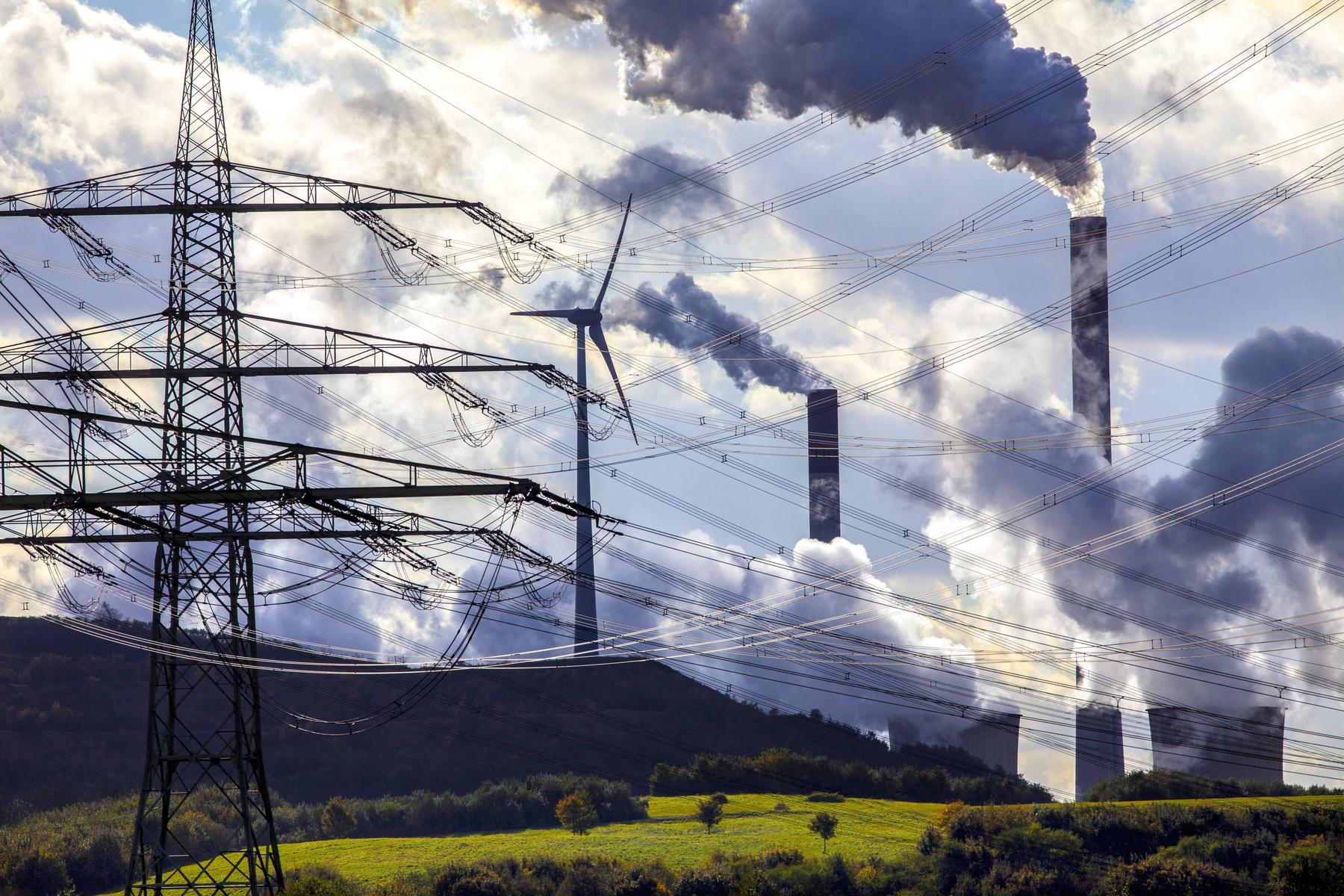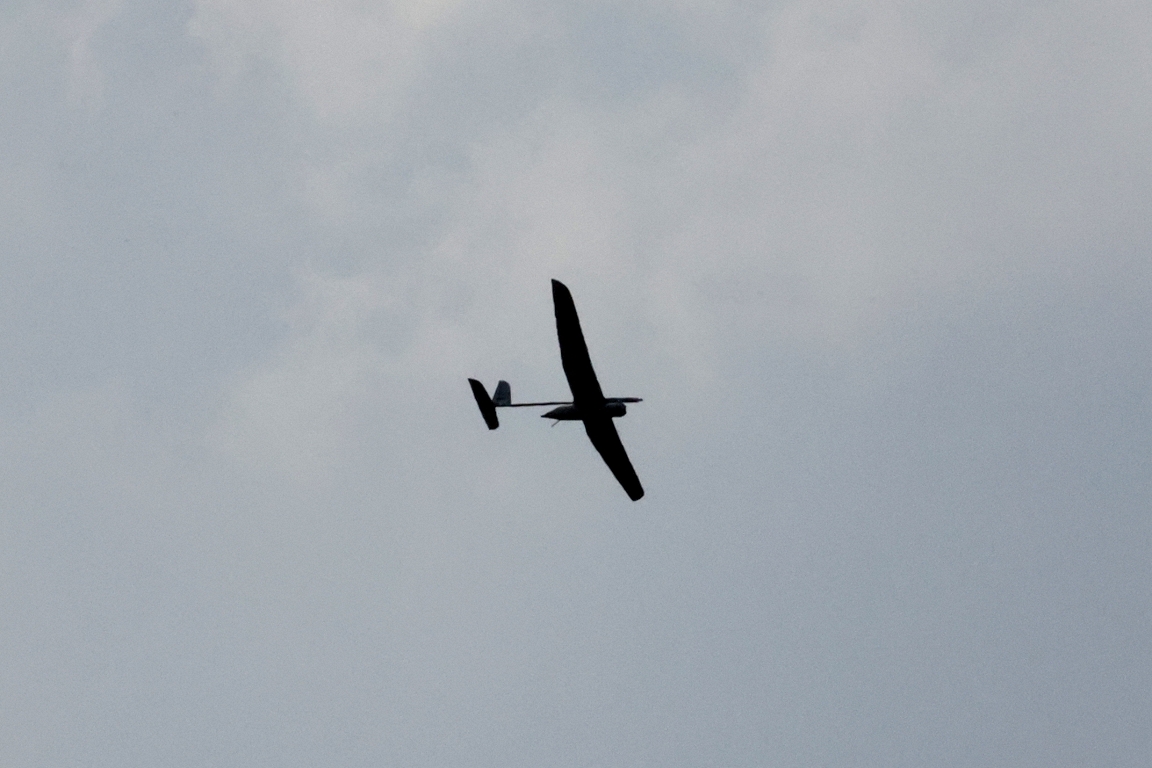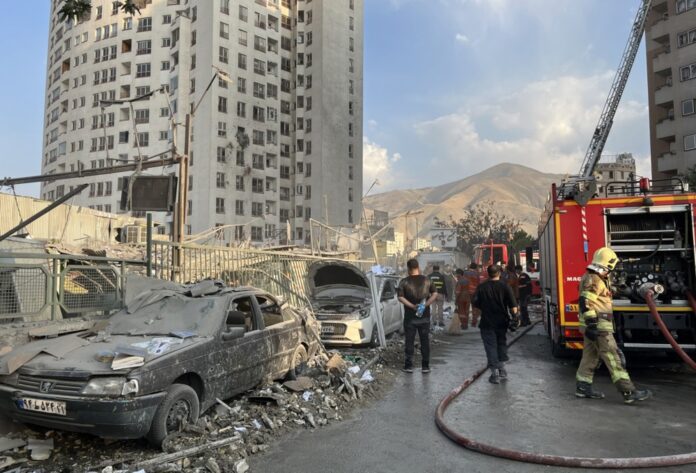Austria has become a net exporter of electricity-Diepresse.com

95 percent of the electricity consumption could be covered by renewable energies in 2024, reports the e-control. But the regulatory authority also locates challenges.
Austria’s power supply was continuously secured in 2023 and 2024 despite global uncertainties and fluctuating feed -in from renewable sources. This emerges from the monitoring report of the Energy Regulation Authority E-Control’s energy regulatory authority published on Thursday. 95 percent of the electricity consumption could be covered by renewable energies in 2024 – a record value. Overall, the e-control sees supply security at a high level.
The security of supply was guaranteed both in 2023 and in the current year, emphasized E-Control board member Alfons Haber.
The report analyzes the current situation of supply security annually and provides an assessment of the medium -term development. In retrospect for 2023 and with preliminary figures for 2024, the report notes that Austria developed from the net importer in 2022 to a net exporter in 2024. A very good year for hydropower and the strong expansion of photovoltaics were particularly crucial for this. In 2024 alone, around 2,100 megawatts were added to PV performance, which now includes the installed overall PV output at around 8,600 megawatts.
Electricity generation rose, consumption decreased
The electricity generation thus increased to around 82 terawatt hours (TWH), while consumption was around 64.5 TWh. The net position of Austria in the electricity trade overturned the positive. In the winter half -year, however, the country remains dependent on imports. The generation mix was strongly shaped by hydropower in 2024 (60 percent), followed by wind and solar energy (20 percent), fossil power plants (almost 15 percent) and CO2-neutral thermal sources such as biomass (around 5 percent).
As a challenge, the e-control continues to state the time decoupling of production and consumption. While photovoltaics provide high yields, especially at noon and summer, the tips of the consumption usually rise in the evening and in winter. These temporal shifts require flexible, controllable forms of generation such as memory waterworks or gas power plants. In the long term, according to Haber, these should be replaced by CO2-neutral alternatives such as large battery storage or geothermal energy.
Forecast for 2030 optimistic
The forecast for 2030 is carefully optimistic. If the expansion goals are reached according to the Renewable Expansion Act (EAG), according to EAG), according to EAG, according to e-control, Austria could computely cover around 95 percent of the electricity requirement from renewable production. Simulations show that with efficient use of storage and controllable power plants, an import requirement would only arise in a few minutes of the year. « Purely national care for months is not realistic, but it is possible after this analysis, » said Haber.
The report also contains current assessments for price development. After a price high in 2022 and 2023, the wholesale prices for electricity were an average of between 6 and 8 cents per kilowatt hour in 2024. In the short term – around the winter of 2024/25 – there was price tips of up to 90 cents, triggered by lower feed -in from renewable sources and higher gas prices as a result of the transit stop by Ukraine. From the spring of 2025, according to E-Control, hours with negative electricity prices will appear again.
A price decline is expected for the coming years: for the next few years (2026 to 2028), a constant price reduction is currently being assumed in the market. « While this year is still noted between 35 and 40 euros per megawatt hour at gas, the price in 2028 is already less than 30 euros per megawatt hour, » said Haber. « This is also translated into falling electricity prices, which for 2026 at around 87 euros per megawatt hour and then relatively stable at around 74 euros per megawatt hour. (APA)






:format(webp)/s3/static.nrc.nl/wp-content/uploads/2025/06/13220732/web-1306BIN_diederik.jpg)
